What is port forwarding: is it safe? How to forward ports?
Key notes
- Port forwarding can be a great tool in the right hands, as it can unblock your private home network in a broad variety of ways.
- In this article, we'll teach you three things about this procedure: what is port forwarding, is it safe, and how to perform it without jeopardizing your network.
- If you want to forward ports while using a VPN, make sure you're using a port-forwarding-friendly VPN service.
- Visit our Network & Internet Hub to learn more about administrating your network effectively.
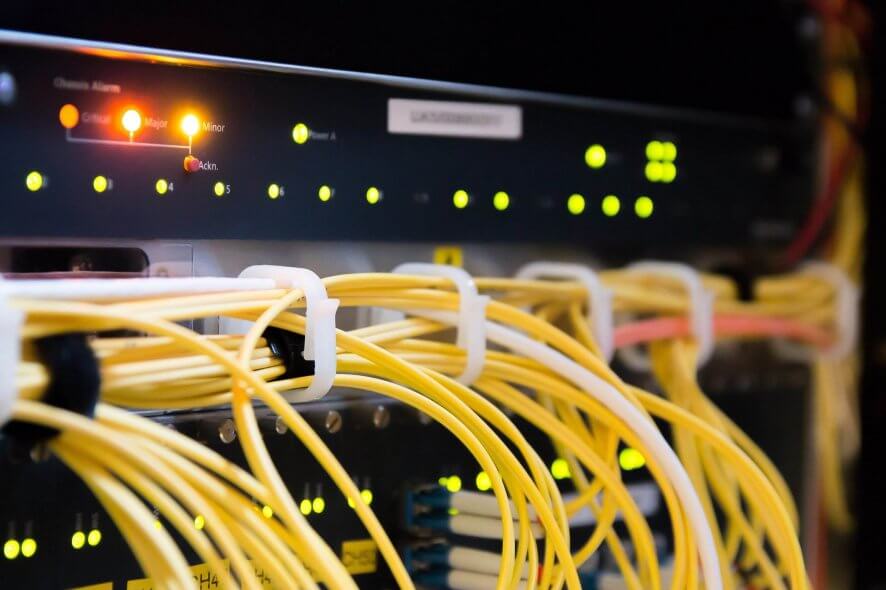
Port forwarding can be a great tool in the right hands, as it can unblock your private home network in a broad variety of ways. Using this technique, you can enable external access to your network devices.
However, it can be risky if you don’t know what you’re doing. Therefore, you’ll need to understand three things: what is port forwarding, is it safe, and how to perform this operation without jeopardizing your network. We’ll tell you all about it.
What is port forwarding?
The explanation is quite technical, but we’ll try to simplify it. If you access the Internet through a router on your network, you will need to forward ports so that external traffic could access your network.
For instance, if you want to host a public game server, you will need to open some ports on your network, so that other players (clients) that are not on your LAN (Local Area Network) can connect to it.
Since your router is configured by default not to allow any external connections, you will need to perform these operations manually. Your router acts as a firewall and only permits access to a few services.
Essentially, port forwarding is enabling external devices to connect to a certain device or service within a private LAN.
Is port forwarding safe?
The short answer is yes; port forwarding is not inherently unsafe. The safety of this procedure depends on a variety of factors. For instance, if you run a service that’s out of support and has a lot of unpatched vulnerabilities, then you’re putting your PC and network at risk.
On the other hand, if you just want to host a public game server, you should be fine. However, you should make sure that there’s no other software/service that acquires the ports you previously assigned whenever the game server is not up and running.
You can increase your security by setting up restrictions. For example, you can limit traffic by country or even by IP address (whitelisting). Additionally, it would be good practice to limit bandwidth, so that you don’t receive DDoS attacks.
The bottom line is that port forwarding is not inherently unsafe as long as you’re careful about what you run through those ports. Last, but not least, one of the safest practices would be closing the port whenever you’re not using it.
Assuming that you know what you’re doing and the risks involved, let’s see how to open ports on your router. Performing this operation is different from one router to another.
For obvious reasons, we won’t show you how to do this on every router. Instead, we’ll give you the know-how, so you can manage in any given situation, with any router.
It’s worth mentioning that we’ll be using a TP-Link router in our demonstration.
How to port forward?
- Log into your router by using your default gateway address
- Type your credentials (usually located at the bottom of your router)
- Click the Advanced tab
- Access the Virtual Servers option from the NAT Forwarding menu
- Click the Add button
- Customize the Service Type field (choose a name for the service)
- Enter the port you want to open in the External Port field
- Type the Internal IP and Port in the fields (for the device or service you want to access externally)
- Select the protocol (TCP/UDP) from the combo menu or choose ALL if you’re unsure
- Click the Save button
That’s it. If you want to test if you’ve done everything correctly, you can use the PortCheckTool website. Type your desired port in the field and hit the check button.
VPN port forwarding
Many users rely on VPNs to maintain their network security and online privacy. In time, users wanted a way to perform port forwarding while using a VPN, so a few providers have implemented this feature in their services.
For instance, PIA is one of the best VPN providers that has native support for dynamic port forwarding. It has passed all of our security, speed and flexibility tests with flying colors.

Private Internet Access
Your VPN doesn't allow you to forward ports? PIA supports dynamic port forwarding and is easy to set up.Performing this operation through VPNs can come in very handy in some cases. For instance, it can help increase torrent download/upload speed values and multimedia streaming speeds.
Additionally, you can use it to access your PC remotely when you’re not physically around it.
Default router credentials
| Router brand | Default router IP address | Default router username | Default router password |
|---|---|---|---|
| 3Com | http://192.168.1.1 | admin | Admin |
| Belkin | http://192.168.2.1 | admin | admin |
| D-Link | http://192.168.0.1 | admin | Admin |
| Linksys | http://192.168.1.1 | admin | Admin |
| Netgear | http://192.168.0.1 | admin | password |
| Netstar | http://192.168.0.1 | admin | password |
| Asus | http://192.168.1.1 | admin | admin |
| Synology | http://192.168.1.1 | admin | Admin |
| TP-Link | http://192.168.0.1 | admin | admin |
| TENDA | http://192.168.0.1 | admin | admin |
Safe and useful operation if done right
To sum it up, if you want to make a local service/device accessible from outside your network, port forwarding is usually the answer. It’s not risky as long as the service you run on that port is safe.
How to forward ports highly depends on the model and brand of your router. Some devices might use different names for this operation. For instance, TP-Link uses Virtual Servers.
You can even forward ports while using a VPN, but for that, you’ll need a port-forwarding-friendly VPN.
[wl_navigator]
Read our disclosure page to find out how can you help Windows Report sustain the editorial team. Read more
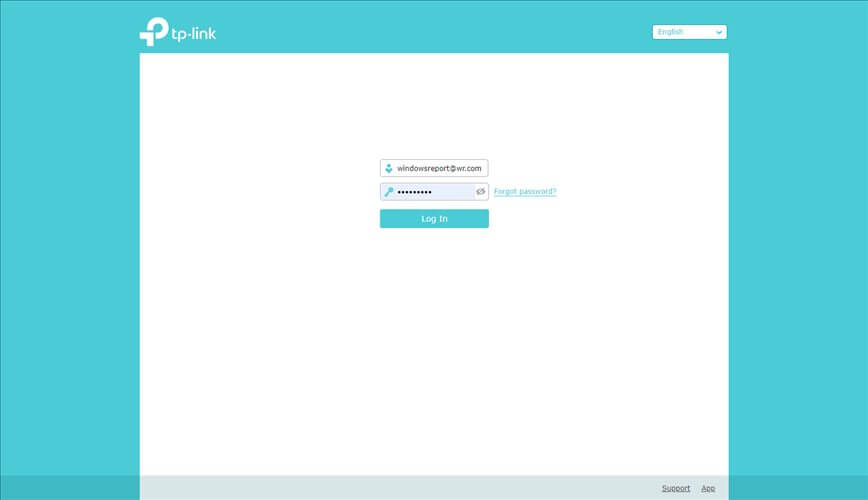
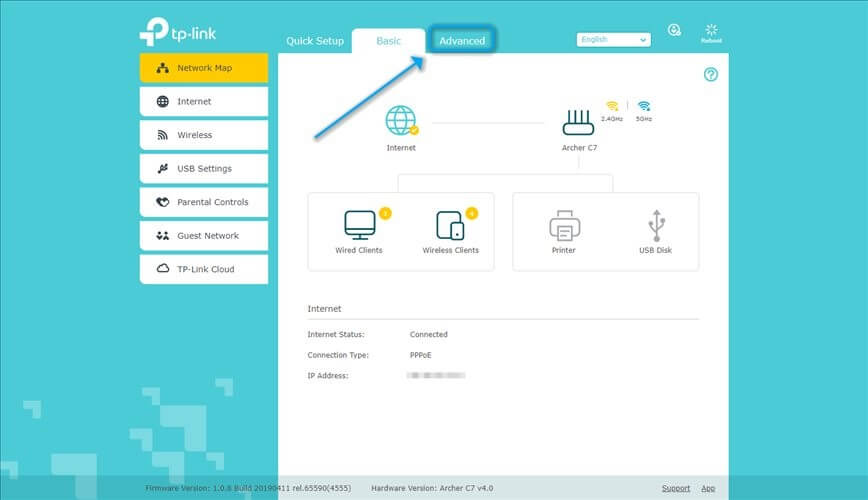
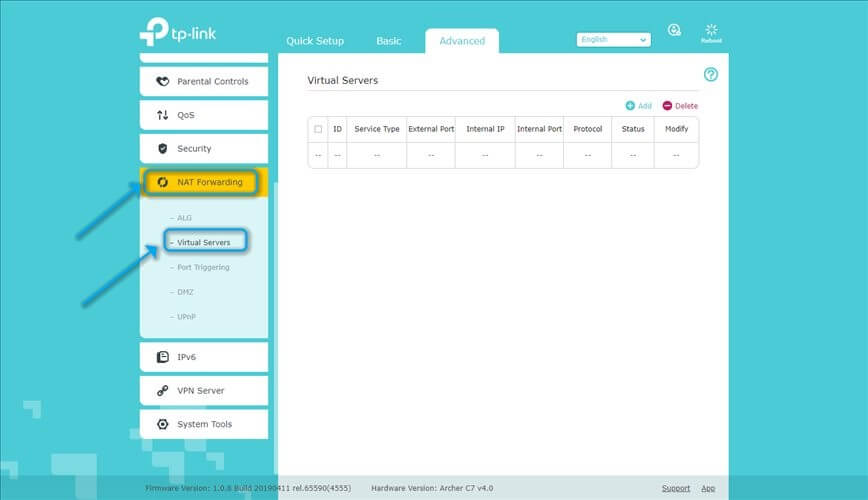
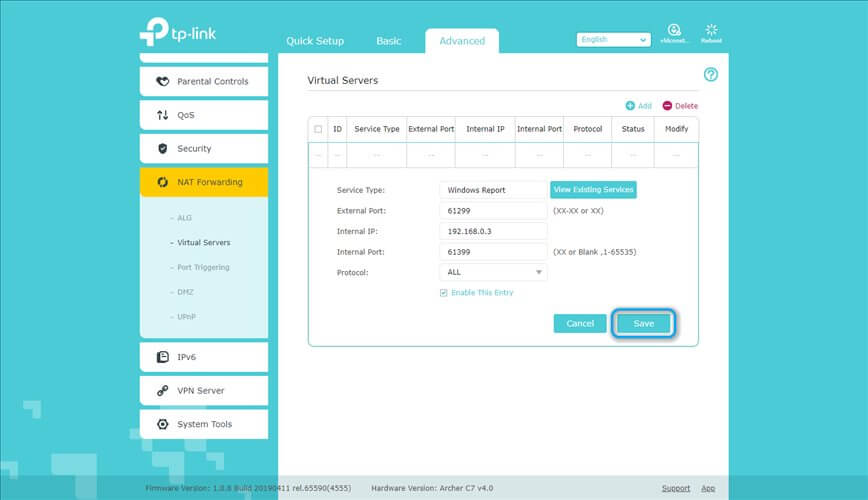
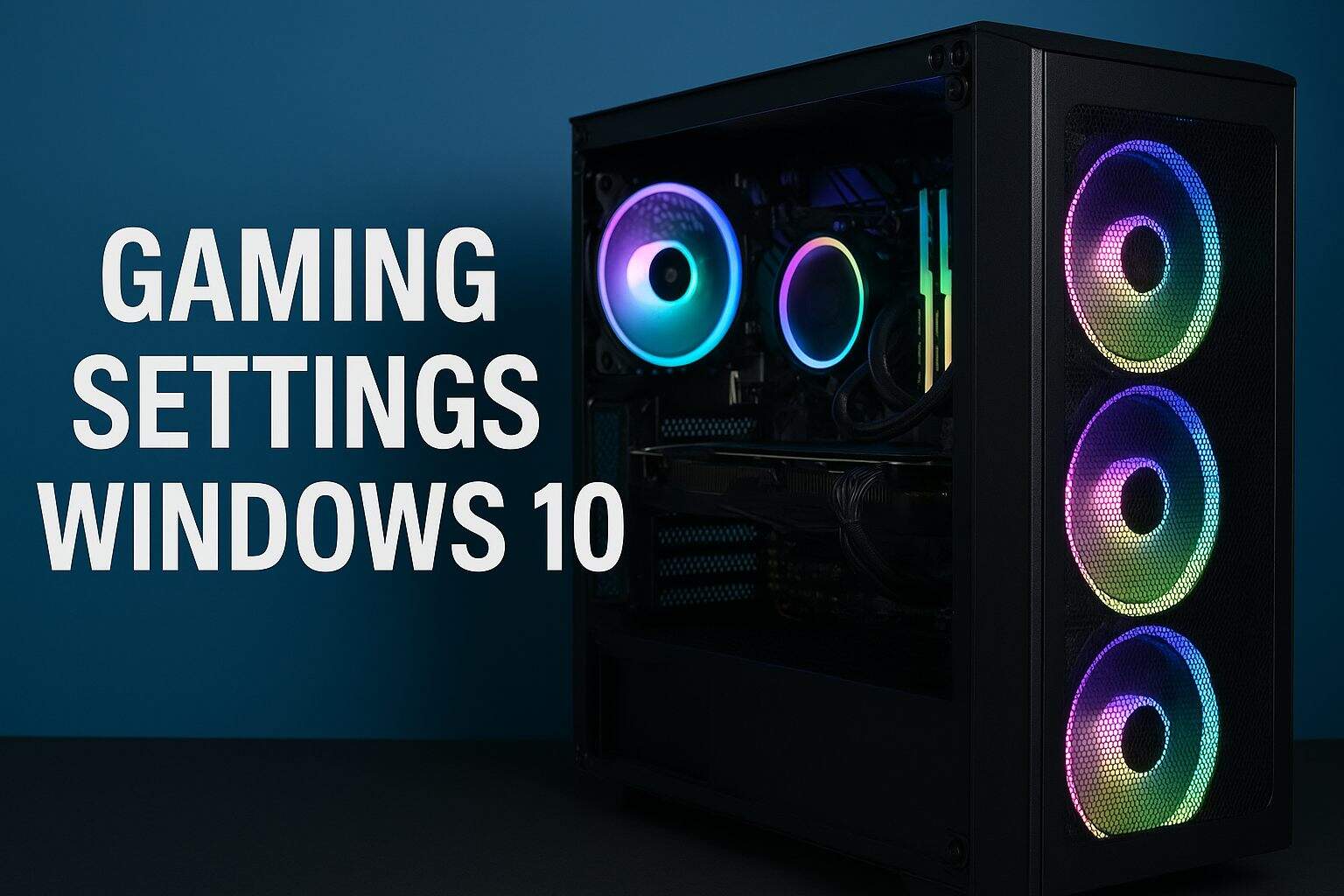


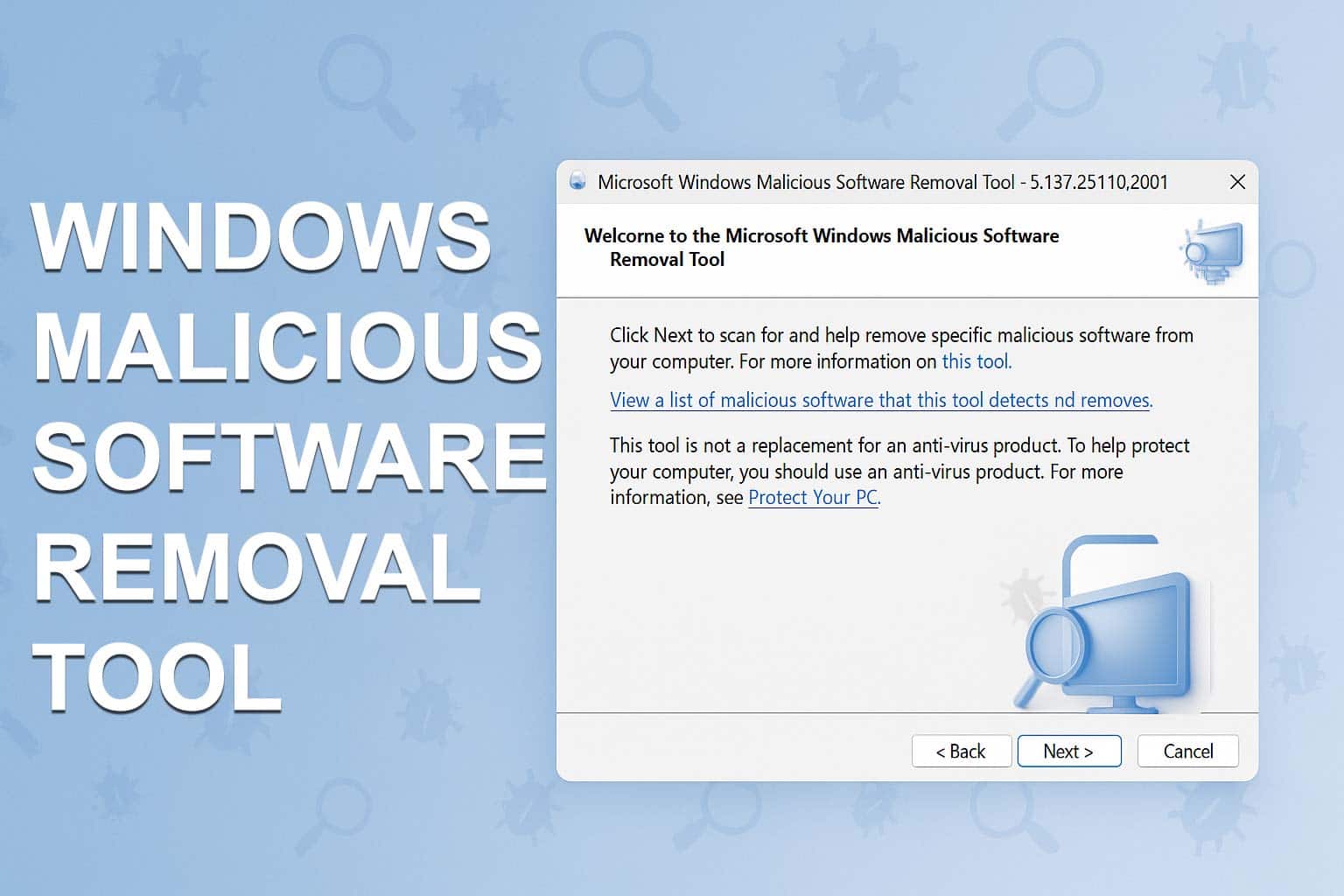
User forum
0 messages